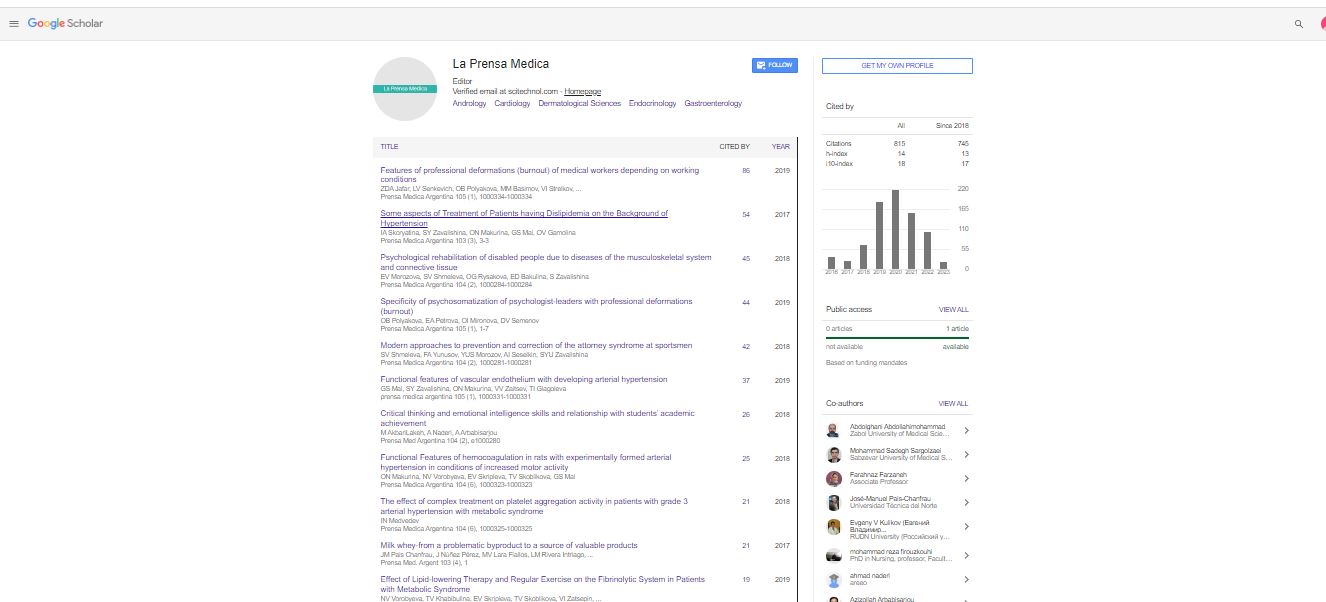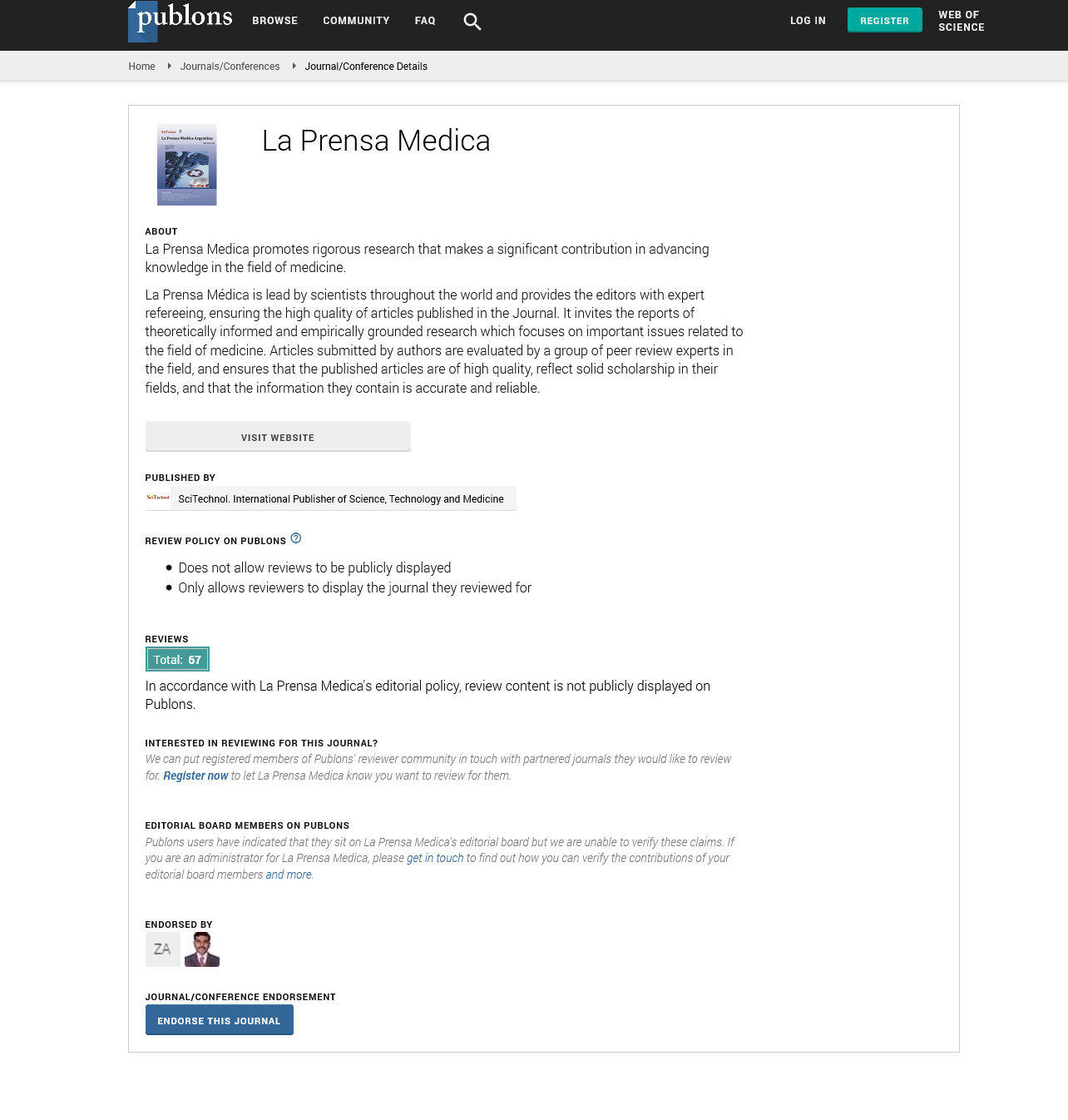Short Communication, Lpm Vol: 0 Issue: 0
Pneumonia in severely malnourished children: Etiology, diagnosis, management and future direction
Mohammod Jobayer Chisti, Abu S M Sayeem, K M Shahunja and Tahmeed Ahmed
International Centre for Diarrhoeal Disease Research, Bangladesh
Abstract
Background: Management of pneumonia in severely malnourished children is critically important in reducing deaths in such children. Understand the etiology of pneumonia in severely malnourished children is one of the essential components of appropriate management. Diagnosis of pneumonia in children with severe malnutrition is also intriguing. Etiology and diagnosis of pneumonia in Severe Acute Malnutrition (SAM) is not well described in medical literature. Data on management of pneumonia in such children are also lacking.
Methods: We have done a systematic review using specific search criteria in PubMed to evaluate the overall role of severe malnutrition in children with pneumonia in SAM children.
Results: Among a total of 215 isolates 26% were Klebsiella and 25% S. aureus species, 18% Pneumococcus, 8% each E. coli and Salmonella species. A recent study conducted in Bangladesh found 87/385 (23%) MTB as the bacterial etiology of pneumonia in SAM children. In SAM children, the sensitivity of fast breathing as a predictor of radiographically proven pneumonia ranged from 14% to 76% and specificity from 66% to 100%. Surprisingly, metabolic acidosis found to have no impact on the diagnostic clinical features of pneumonia in SAM children having diarrhea. Studies revealed that as a first line therapy ampicillin and gentamicin are more effective against enteric G ram-negative bacilli than chloramphenicol in SAM children with pneumonia. Both the groups received in addition to diet, micronutrients, vitamins and minerals.
Conclusion: The currently available data suggests that the spectrum and frequency of causative agents of pneumonia in severely malnourished children differ from that observed in well-nourished children. Clinical signs are relatively poor predictors of pneumonia in severely malnourished children. However, injectable antibiotics in addition to diet, micronutrients, vitamins and minerals are the sine qua non. High prevalence of pulmonary tuberculosis in severely malnourished children having acute pneumonia underscores the importance of further research that may help to evaluate the determinates of TB in such children.
Keywords: Pneumonia, Malnourished children, Etiology
Introduction
Pneumonia is the leading cause of morbidity and mortality among children aged less than five years in low and middle income countries where it is commonly associated with malnutrition. In 2016, one in every six childhood deaths was attributed to pneumonia. In 2010, there were an estimated 120 million episodes of pneumonia in children aged less than five years of which 14 million developed severe complications requiring hospitalization. Pneumonia is a common co-morbidity in children presenting with malnutrition and can increase the risk of death 15 fold. Malnourished children might have a blunted inflammatory response, leading to an inability to produce clinical sign-symptoms, despite having infections like pneumonia. An atypical presentation of pneumonia can delay diagnosis and appropriate care, thus increasing the risk of morbidity and mortality in such populations. In Bangladesh, co-morbidity of pneumonia and malnutrition is prevalent and frequently associated with case fatality.Pneumonia accounts for approximately 15% of 1,19,000 deaths among Bangladeshi children aged less than five years. In Bangladesh, 36% of children aged less than five years are malnourished and 12% of them have severe acute malnutrition (SAM). Two-thirds of the malnourished children admitted to hospital are diagnosed with pneumonia. It is crucial to target malnourished children with pneumonia with the highest risk of death to have a significant impact on global child mortality through proper pneumonia case management . There are scarcity of data about the etiology of pneumonia in children with SAM. Studies suggest that the etiology of pneumonia in malnourished children might be different from that of well-nourished children and predominantly associated with gram-negative bacteria while considering bacterial etiology. Clinical approach Study physicians examined each child for chest auscultation and measured length, weight, respiratory rate, oxygen saturation, and axillary temperature. Children with severe malnutrition having cough or respiratory difficulty without any additional sign of pneumonia were evaluated for radiological pneumonia through chest X-ray. These children were enrolled into the study if they met WHO radiological classification of pneumonia. Children with known congenital heart disease presented with features of pneumonia (cough, fast breathing, chest in-drawing and even cyanosis) secondary to congestive cardiac failure. Therefore, these children were further evaluated through chest x-ray and auscultatory findings to diagnose pneumonia. According to Volume 107 • Issue 7 the established clinical guidelines of the Dhaka hospital study children were provided nutritional rehabilitation, and treatment of severe pneumonia and hypoxemia (defined as SpO2<90% on pulse oximetry). Children with severe malnutrition and pneumonia were treated with parenteral ampicillin and gentamicin as the first line of treatment. For those children who did not respond (no improvement within 48 hours or presented deterioration of clinical sign symptoms of pneumonia within 24 hours of initiation of antibiotics) antibiotics were changed to ceftriaxone and levofloxacin according to Dhaka Hospital protocol. Data collection Study physicians additionally gathered demographic characteristics including medical history, clinical examination at enrollment, radiological findings, vaccinations and outcome using a structured, pretested case record form. Monthly household income was recorded as a proxy for socio-economic status. Households with a monthly income of <120 USD were considered of low socioeconomic status. The study physician followed up with children within 30 days of admission to assess the outcome of their pneumonia even after discharge from hospital. After recovery and completion of nutritional rehabilitation phase, patients were discharged. The study physician asked caregivers to make weekly follow-up visits to the hospital after discharge from hospital until completion of 30 days from admission in order to monitor the death outcome according to different viral etiology of pneumonia. Transport cost was provided for each follow-up visit. At each follow up visit the study physician asked the mother/caregiver whether there was any sign or symptoms of specific morbidities since the previous visit. Morbidity information like respiratory (runny nose, cough, fever, breathing difficulty, chest indrawing, auscultatory findings), diarrhoeal or others (eye, ear and skin infection, thrush, passage of worms etc) was recorded. Vital signs including z-scores, oedema were recorded at each visit. Following discharge the mother/caregiver was advised to consult with the study physician over cell phone or return to the hospital at any time if any sign or symptoms of illness develop within the scheduled follow up visit.
 Spanish
Spanish  Chinese
Chinese  Russian
Russian  German
German  French
French  Japanese
Japanese  Portuguese
Portuguese  Hindi
Hindi 

